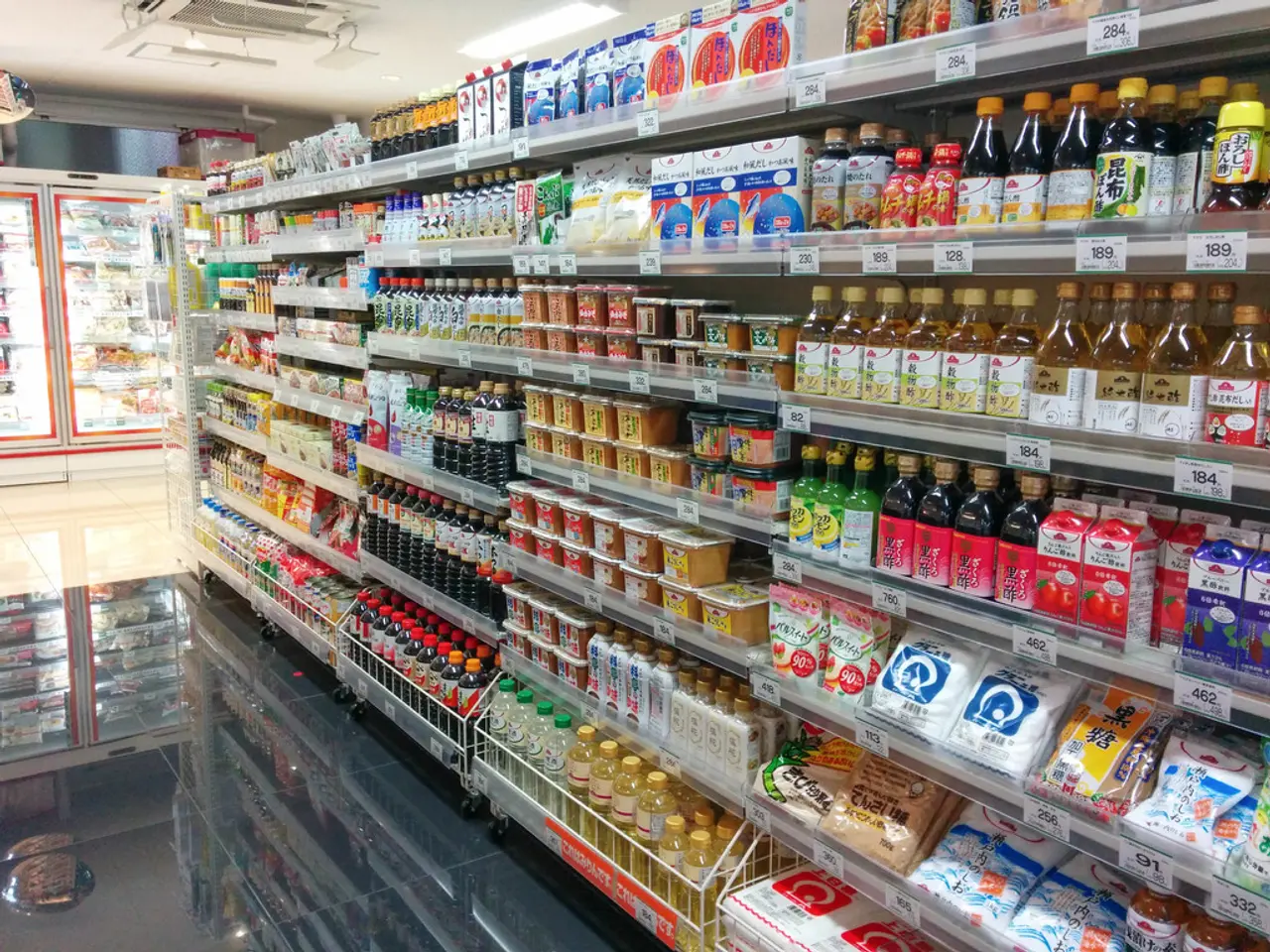Soaring Costs: Identifying the Specific Items and Services Fueling Inflation Increase
Tariffs and Inflation: A Tale of Moderate Increases and Uncertainty
The latest Consumer Price Index (CPI) report has revealed a nuanced picture of inflation in the United States, with tariffs playing a significant role.
Despite a significant increase in average tariff rates, prices of goods and services have remained relatively stable so far. However, some sectors, such as clothing, home furnishings, appliances, furniture, and processed goods, have seen modest to sharp price increases, reflecting the tariffs' effect being passed along in stages.
The CPI was 2.7% higher year over year in July, unchanged from the month prior. However, the annual increase in Core CPI came in hotter than economists' forecasts, rising by 3.1%. This core index excludes volatile food and energy prices, indicating that even without these factors, inflation is on the rise.
Ellen Zentner, chief economic strategist for Morgan Stanley Wealth Management, stated that inflation is on the rise but didn't increase as much as some people feared. Yet, she cautioned that we likely haven't seen the end of rising prices as tariffs continue to work their way through the economy.
The food away from home category, which includes meals at restaurants and bars, rose 0.3% in July. Prices for household furnishings (+0.4%) and apparel (+0.1%) also increased during the month. Beef prices jumped 1.5%, while egg prices continued to fall, sliding 3.9%.
Energy costs declined 1.1% as gas prices dropped 2.2%. However, the index for rent and the shelter index, which includes housing costs, both rose 0.3% in July. Medical costs were on the rise, with the medical care index up 0.7% due to higher prices for hospital and dental services.
The CPI report highlights several goods and services that are weighing heavily on people's finances. Notably, prices for airfare (+4.0%) and used cars (+0.5%) were up last month, though the cost for new cars was unchanged from June.
Federal Reserve Chair Jerome Powell confirmed the impact of tariffs is now clearly visible in consumer prices and expects the effects to build up over the coming months as tariffs propagate through supply chains and distribution networks. However, the full inflationary impact is still unfolding and expected to continue rising.
There is uncertainty whether this will lead to a temporary price level adjustment or more persistent inflation. Inflation expectations remain relatively stable, but ongoing monitoring is critical given the tariff environment and recent wholesale price trends.
Some analysts suggest that companies are holding off on price hikes "while they wait to see where tariff rates settle out." This suggests that the coming months will clarify the longer-term inflationary consequences of tariffs.
Between 2000 and 2020, annual inflation in the U.S. averaged 2.1%, higher than the Federal Reserve's inflation target of 2%. As such, the current inflationary trend, while moderated by tariffs, remains a concern for both consumers and policymakers.
Sources: 1. Federal Reserve Bank of St. Louis 2. The Wall Street Journal 3. CNN Business
Businesses may consider adjusting their financial strategies to account for the potential long-term inflation due to tariffs, as predicted by Federal Reserve Chair Jerome Powell. The continued rise in prices for various goods and services, such as airfare, used cars, and some home furnishings, points to a potential impact of tariffs on the overall health of consumers' finances.




